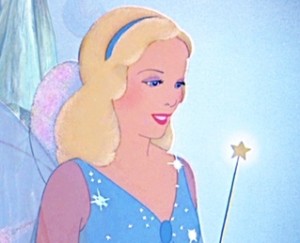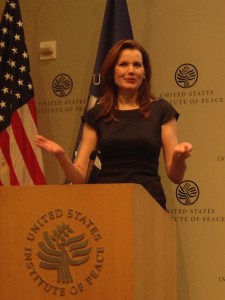What Do Critics Think About Watching Film That Is Not What the Makers Intended?
Posted on October 19, 2014 at 8:00 am
Thanks to Indiewire for including me in their survey of critics about how important it is to watch a movie as it was filmed. If it was made on film stock, is it unfair to the artists’ vision to watch a digital version?
Here was my answer:

I remember hearing a Lionsgate executive explaining ruefully that they put so much effort and imagination into every inch of the screen for the “Lord of the Rings” movies only to find that people wanted to be able to watch them on their phones. “We’ll sell it to them, if that’s what they want,” he said, “but we are not happy about it.” If possible, it’s best to see films the way they were shot. But, just as we don’t view paintings in the studios where they were created, we have to recognize that some art will be viewed in a manner other than the way the filmmakers envisioned. And I have wonderful memories of digitally restored films. The first movie I watched on Blu-Ray was “Pinocchio,” which I thought I knew very well. But there were highlights in the Blue Fairy’s hair I had not seen before. I ran to my book of Disney animation art, and it was there. So, unlike watching LoTR on a Smartwatch, I felt I was seeing it the way the artists did.

